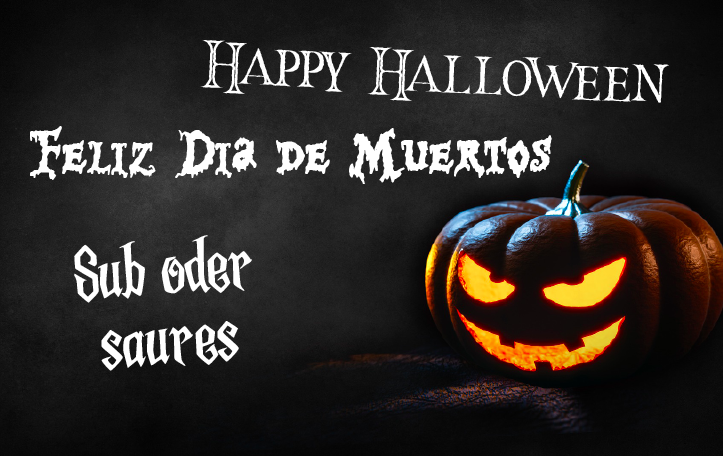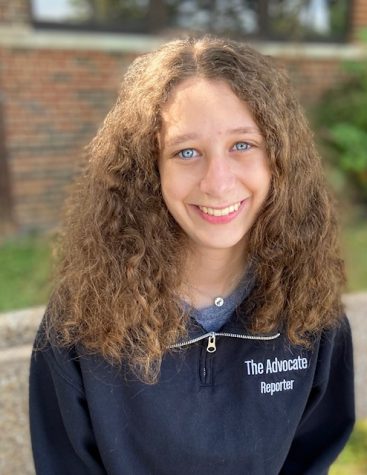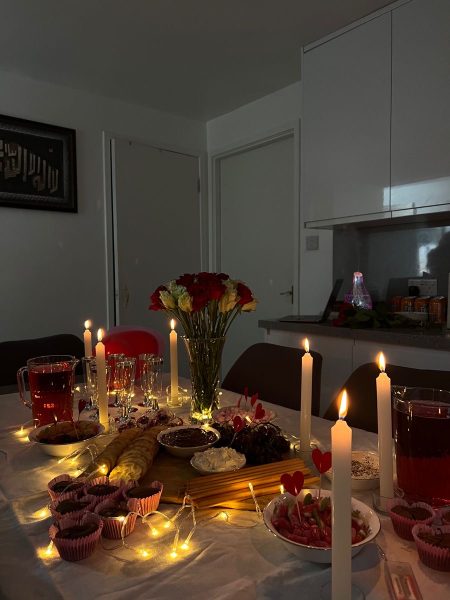Halloween traditions around the world
Halloween originated from Celtic paganism in the British Isles. Their feast of Samhain, which was their way of ushering in the new year, was the time that they believed ghosts came out to haunt, so they gave away treats to appease them. The holiday also includes some elements of the Roman celebration of Pomona, the goddess of trees and fruit, which was a harvest feast. In fact, this led to the modern ritual of bobbing for apples. On Halloween here in Washington, kids will fill the streets wondering how much candy they’ll receive, and parties will be held in other parts of town. Here’s how people around the world from Washington will be spending their night!
Germany
Süß oder saures! This phrase meaning “sweet or sour” is what you might hear on Halloween in Germany. Halloween has only been celebrated in Germany since 1991, but the holiday has already evoked controversy. Some older Germans dislike Halloween, but it is definitely gaining popularity among the younger generations. During the month of October, shops are filled with Halloween-themed items. Thinking of dressing up as a princess or a basketball player? If you’re celebrating in Germany, most people will be donning the scariest costumes they can imagine, so you might want to pass on the royalty and dig up a terrifying mask instead.
Latin America
In Mexico, Spain and Latin America, most people celebrate Día de los Muertos, or All Souls’ Day. The holiday takes place on Nov. 2, but is also celebrated with a three-day festival beginning on the night of Halloween. It is believed that the dead return to their worldly homes on Halloween, so many people construct an altar for their deceased relatives which often include the family member’s favorite foods, candies, water and photographs. Most of the time, a washbasin is also included. Candles are burned to help loved ones find their way, and family members tidy their graves before decorating them with streamers and flowers. Then, on Nov. 2, the family gathers at the grave to picnic and share stories of the person.
Great Britain
In Britain, Guy Fawkes Day is celebrated on Nov. 5. The people light bonfires and set off fireworks. The holiday is celebrated on the day that Guy Fawkes, a notorious British traitor who attempted to blow up the parliament building, was executed. Fawkes was a Catholic who wanted to get rid of the Protestant King James. The bonfires, then called “bone fires,” were used to burn figures of the Catholic pope and other symbolic objects. Two centuries later, the statues of the pope were changed to likenesses of Guy Fawkes. Today, children may walk the streets, asking for a “penny for the guy.” Although Guy Fawkes Day is the traditional fall celebration for the Brits, Halloween has experienced a comeback in that country as well.
Ireland
Did you know that Halloween originated in Ireland? The holiday is celebrated with bonfires and trick-or-treating for the kids, similar to the US. After the trick-or-treating is over, many people go to Halloween parties, where they play games such as “snap-apple,” during which an apple is tied to a doorframe and participants must attempt to bite it as it hangs. A traditional Irish food typically eaten on Halloween is barnbrack, which is like a fruitcake. Treats are baked into the cake, and each trinket means something different. For example, finding a piece of straw means prosperous times are ahead, while a ring means the person will get married soon. Children also play games tricking their neighbors, such as “knock-a-dolly.” The kids knock on doors, but run away before they can be opened, not unlike ding-dong ditch here in the US.
How do you celebrate Halloween? Whether you spend your time trick-or-treating, playing games or eating pumpkin-flavored foods, there is something for everyone to do during this fall season. Maybe you could even try one of these global traditions this year!






